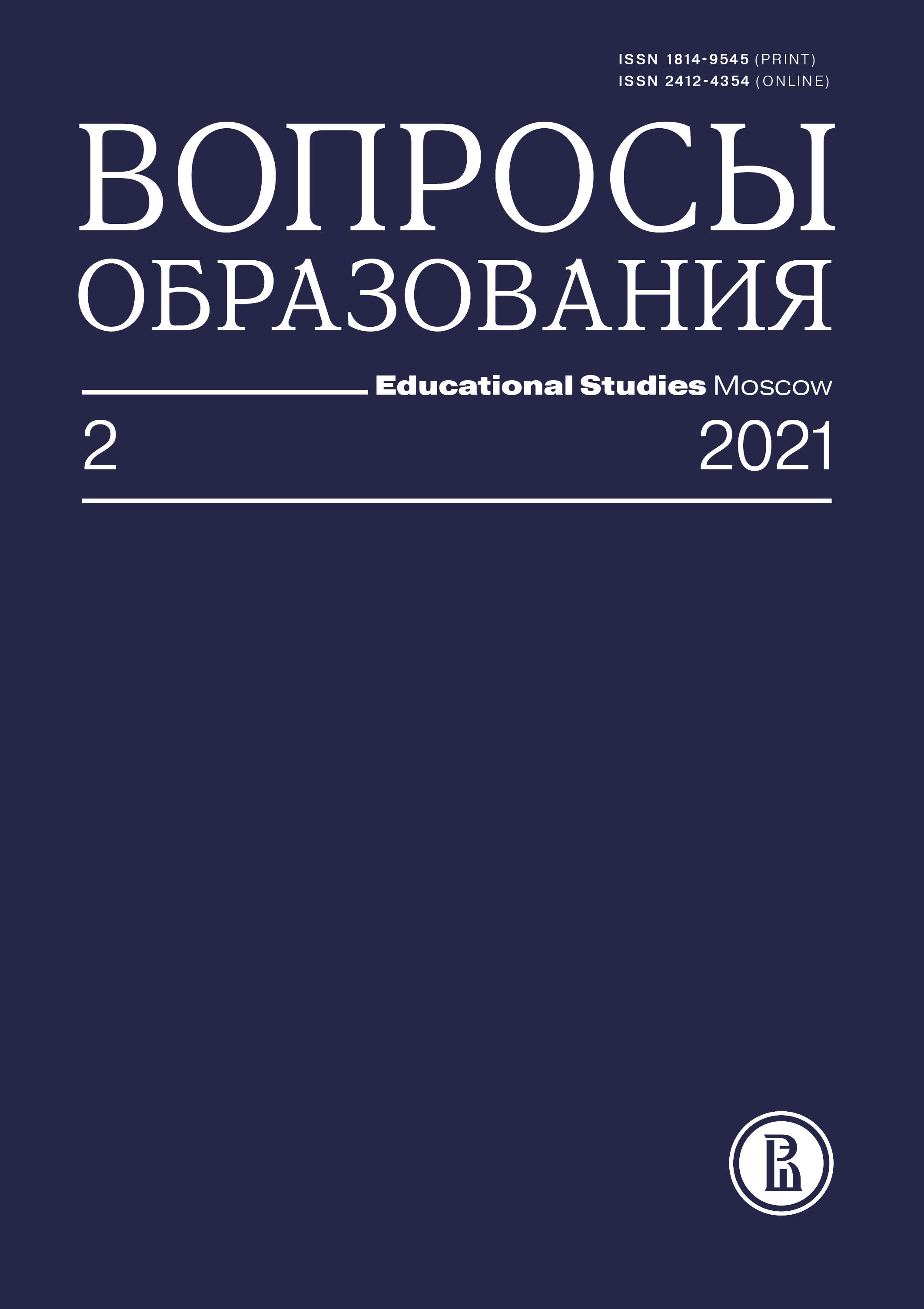Факторы и направления межрегиональной миграции выпускников вузов в России
Аннотация
На основании данных Портала мониторинга трудоустройства выпускников вузов РФ проанализирована миграционная активность молодых специалистов в период с 2013 по 2015 г. Перемещение человеческих ресурсов между регионами обусловлено, в частности, неравномерностью распределения университетов на территории страны и различиями в уровне социально-экономического развития регионов. Послевузовская мобильность может лишать отдельные регионы значительной части квалифицированной рабочей силы. Наиболее активные миграционные потоки наблюдаются между Москвой, Санкт-Петербургом и Московской областью. Привлекают выпускников не только города федерального значения, но и северные промышленные регионы.
В работе используется модифицированная гравитационная модель, в которой помимо стандартных факторов базовой гравитационной модели учитываются различные социально-экономические показатели регионов выбытия и прибытия. Применение инструментария гравитационного моделирования позволило выявить ряд факторов, «выталкивающих» выпускников из того или иного региона и «притягивающих» их. В первой группе — низкие заработные платы, высокий уровень бедности и безработицы. Во второй — высокие заработные платы, развитая культурная среда и инновационная активность бизнеса. Преимущественные направления миграционных потоков выпускников — «с юга на север» и «с востока на запад». Субъекты РФ существенно различаются по востребованности выпускников на региональных рынках труда. В результате анализа выделены привлекательные и непривлекательные в миграционном отношении регионы РФ. Для территорий, систематически теряющих часть квалифицированных работников, актуальными задачами являются разработка программ по привлечению молодых специалистов из иных регионов, создание новых высокопроизводительных рабочих мест и улучшение качества жизни.








